Shimane
The Oku-izumo Yasugi region is rich with myths that have been passed down where the tatara iron production has developed. Here is a tour that sets out to trace the locations of these scattered legends based on the story and cultural assets of the Japan Heritage “Land of Izumo Chronicle”.
Shimane
The Oku-izumo Yasugi region is rich with myths that have been passed down where the tatara iron production has developed. Here is a short tour that sets out to trace the locations of these scattered legends based on the story and cultural assets of the Japan Heritage “Land of Izumo Chroniclei”. This course will take you to places related to tatara iron production, including the mouth of the Iinashi River, where the iron was washed out of the pits, the Wako Museum, and Kanayago Shrine, while enjoying it with a little cycling course.
Shimane
The Oku-izumo Yasugi region is rich with myths that have been passed down where the tatara iron production has developed. Here is a short tour that sets out to trace the locations of these scattered legends based on the story and cultural assets of the Japan Heritage “Land of Izumo Chronicle”, and to depict the future of the participants through interaction with the people who are carrying on the traditions to this day. The tour includes a visit to the Kanayago Shrine for a prayer and a blacksmith workshop experience.
Shimane
Oku-Izumo: From Ancient Times to the Present Arts & Geohistoria, Oku-Izumo A premium tour that links the past and present of this area, the land of myths: Oku-Izumo and Yasugigo, which developed through tatara iron smelting. Create a future of co-creation of bonds with the local people who are the bearers of the culture.
Ishikawa
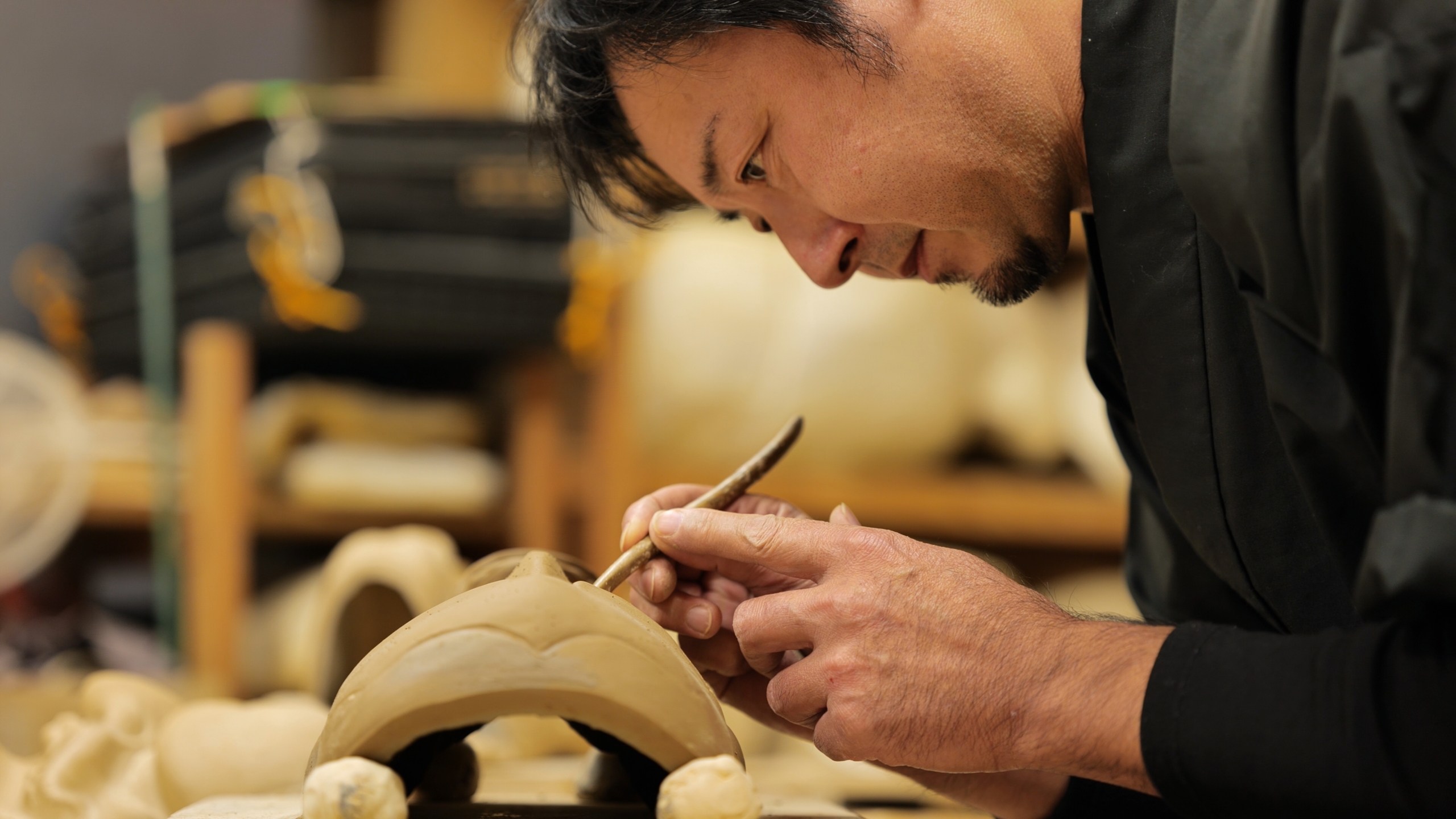
Shimane
●Minimum price 122,000 JPY/person 720£ / person (1 £=170 JPY) *Price per person when booking for two participants. Tour can be booked for 1-7 people. ●Included - Accommodation fee - Experience and entrance fees - Local transport (private car) - Tour guide fee ●Not included - Transportation to Shimane - Meals
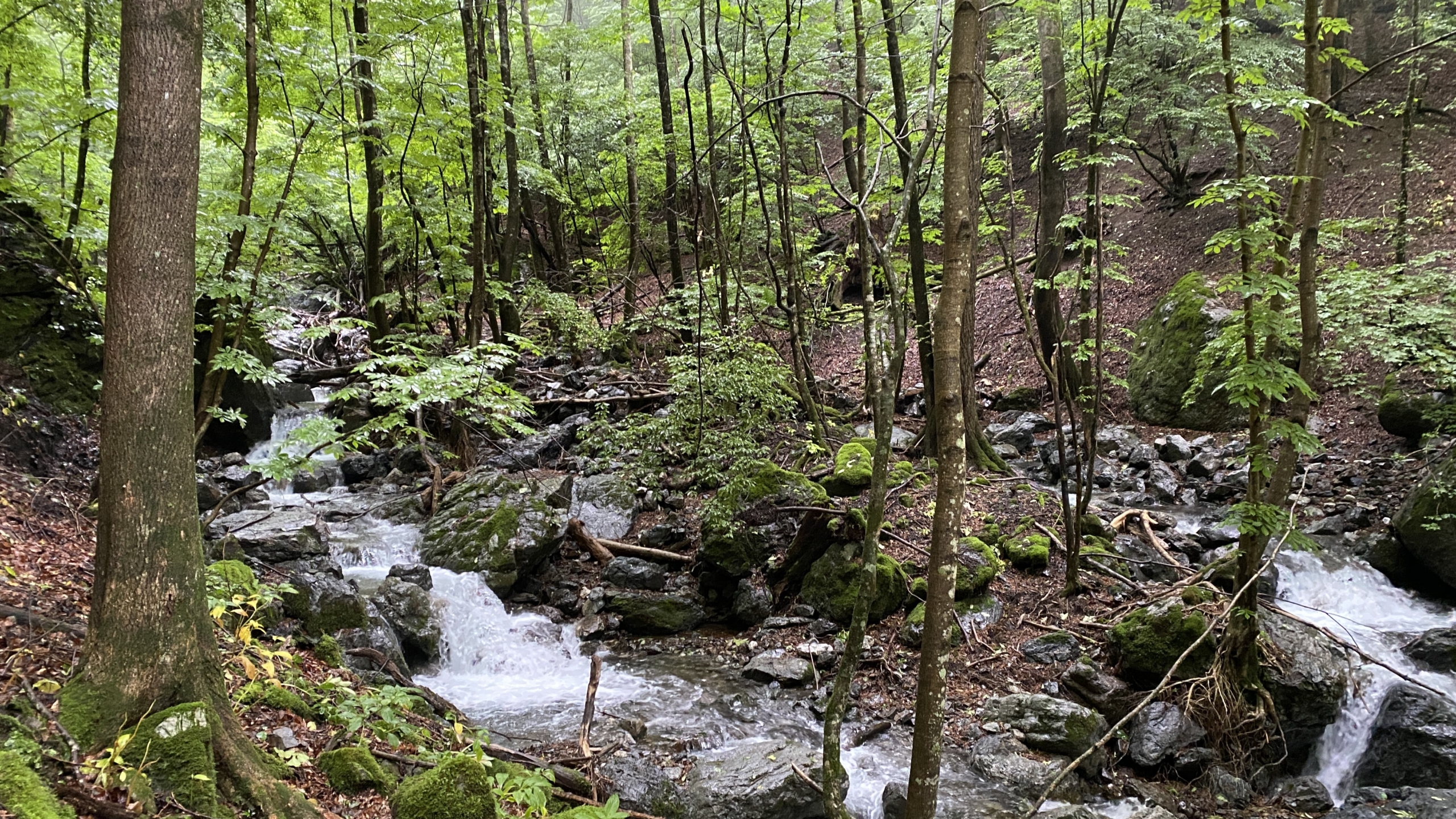
Gunma
Ueno Village, a valley village in Gunma Prefecture, is covered with deciduous forests of 300-year-old ash trees, magnolias, and other deciduous trees. This rich natural environment is a source of inspiration for the artisans who live here. Woodworkers, bamboo craftsmen, and other artisans use both traditional and innovative techniques to create unique, high-quality, and beautiful works of art.

Saga
●Minimum price 97,840 JPY/person 5,755 HKD/person (1 HKD=17 JPY) 725 USD /person (1 USD= 135 JPY) 580 £ / person (1£=170 JPY) *Price per person when booking for two participants. Tour can be booked for 1-8 people. ●Included - Accommodation fee - Selected meals (Dinner for Day 1, breakfast for Day 2 & 3) - Experience and entrance fees - Transportation within the area (private car) - Tour guide fee ●Not included - Transportation to Arita - Lunch & dinner for Day 2
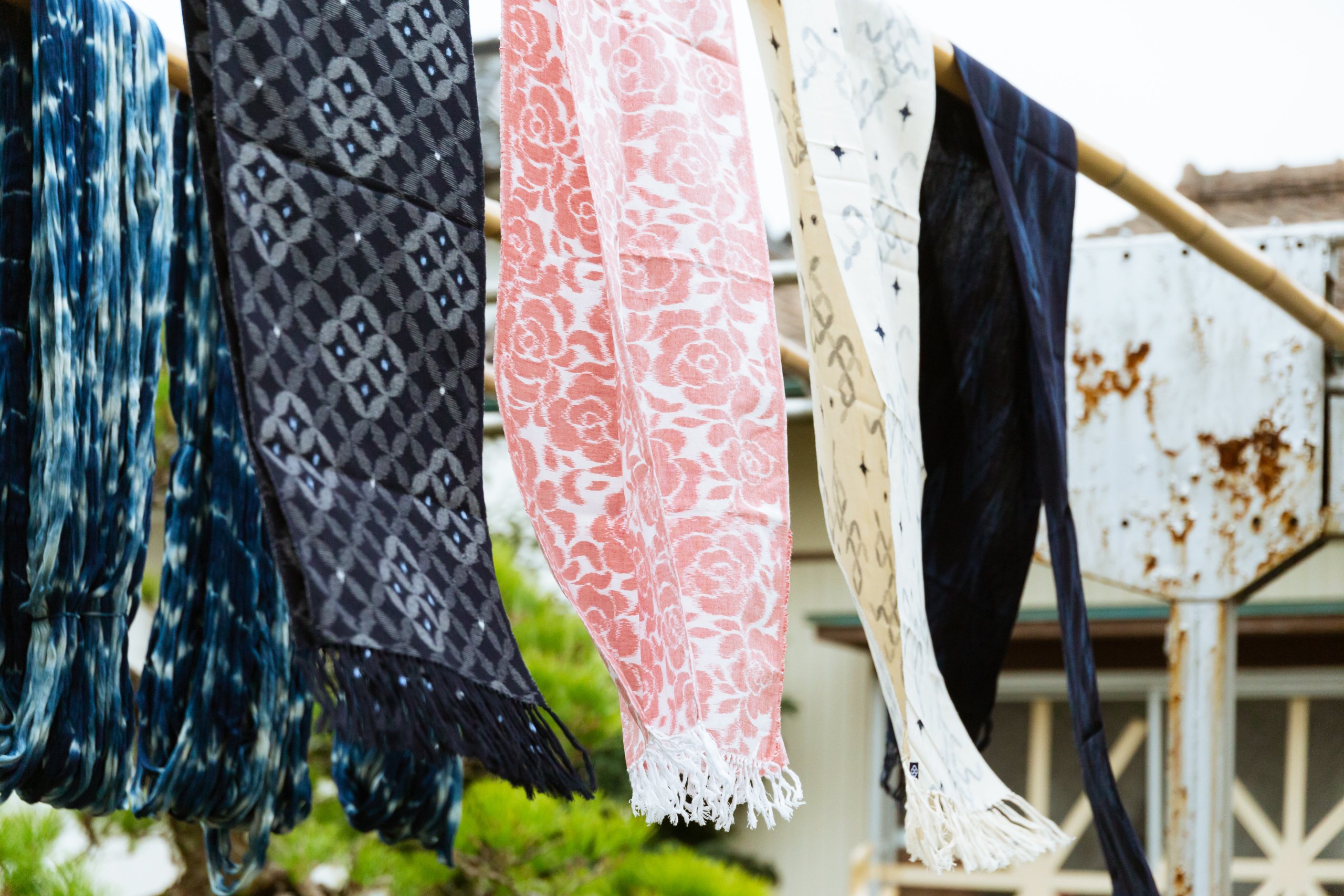
Fukuoka-Kyushu
From Kurume Kasuri, Buddhist altars, Japanese lanterns, washi paper, woodwork, bamboo work, pottery, to Japanese sake and Yame tea, the craft culture of Yame in the Chikugo region of Fukuoka Prefecture is still a large part of people's lives against the backdrop of abundant natural resources and a history of prospering as a merchant town. There are few regions even around Japan that offer such a wide variety of crafts. This tour provides an experience of the area's craft culture through Kurume Kasuri, one of Japan's three major Kasuri, and a stay at an inn decorated with various crafts from Yame.

Kyoto
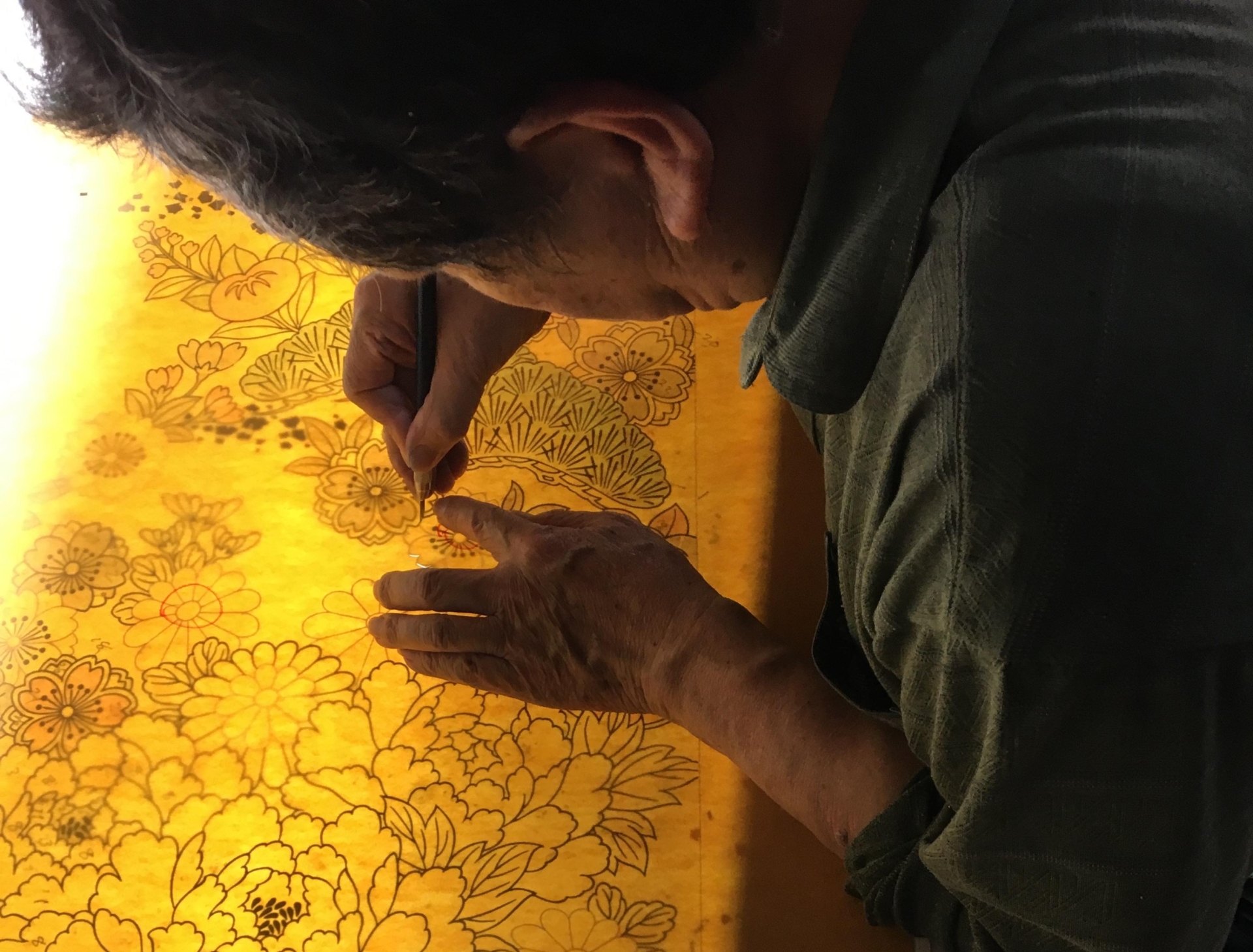
Kyoto
Explore the city of Kyoto and discover new initiatives and future monozukuri of Kyoto's traditional industries. This tour, which begins with a rare look inside a workshop, is a behind-the-scenes Kyoto experience.

Kyoto
Home to more than 20 sake breweries, Fushimi is one of Japan's 'Big Three' sake regions, thanks to its abundant quality groundwater. Around Arashiyama are bamboo workshops and Yuzen dyeing ateliers. Visits to shrines and torokko train rides are also unique highlights of Kyoto.
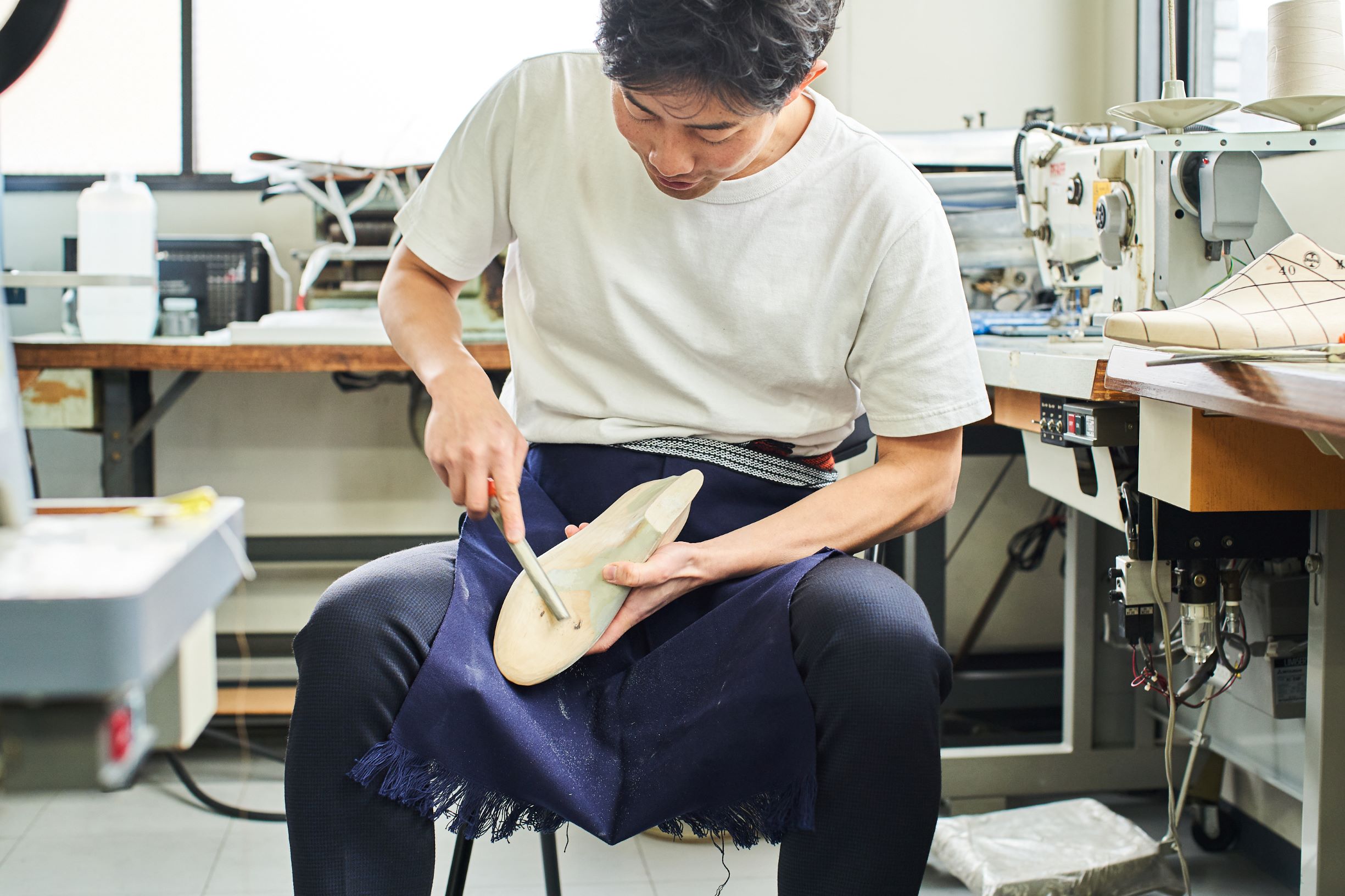
Osaka
◎Sakai, where Sen no Rikyū spent much of his life, developed industries related to the tea ceremony, such as Japanese confectionery and toothpicks. ◎The Naniwa area, known for Tsūtenkaku Tower and Shinsaibashi Bridge, has long had a thriving leather industry centered on shoemaking. The many delicious meat shops in the area are a remnant of this. ◎This tour will touch on the hidden charm of Osaka's manufacturing from the perspective of the Japanese confectionery culture and leather industry.
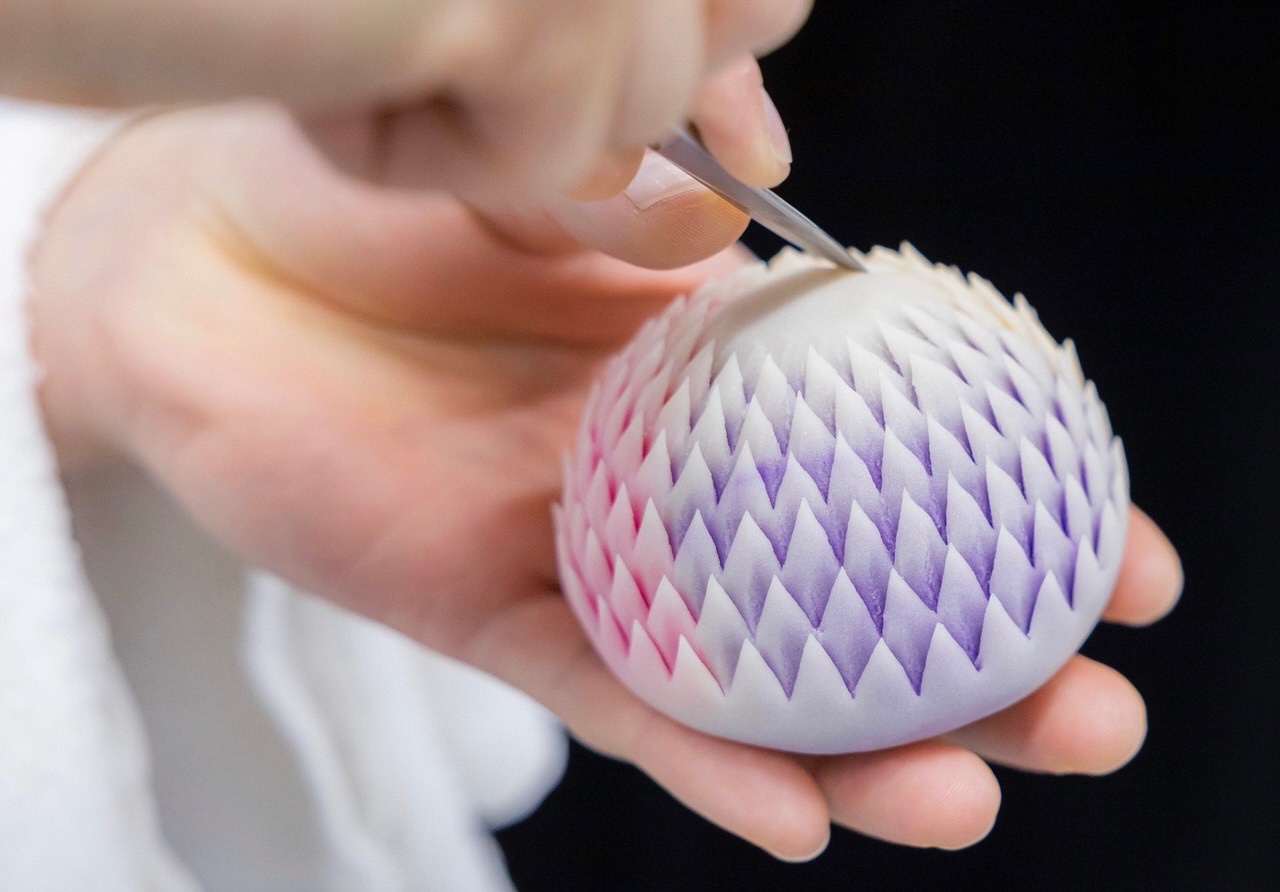
Aichi
The history of Seto ware began in the Heian period and is now widely known as a traditional craft that represents Japan. Visit the kiln where the Seto ware technique has been passed down and immerse yourself in the craftsmanship. The area also offers the experience of making bright jounamagashi by Shota Oizumi, the youngest certified Japanese confectionery artisan, and creating goods using Seto wood.
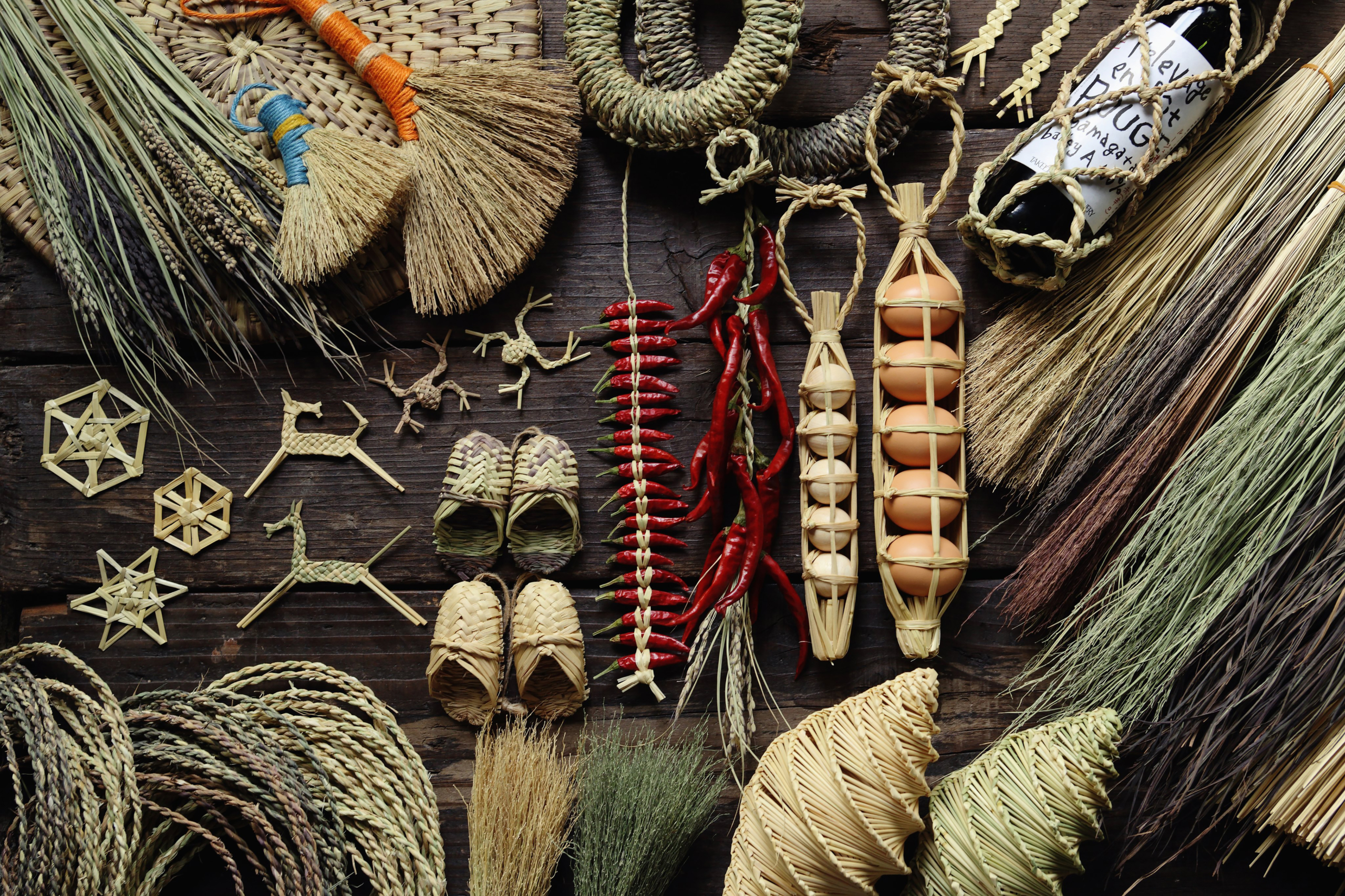
Yamagata
Since ancient times, Yamagata Prefecture has used rice straw and grapevines to make durable everyday tools, farming tools, decorative objects, and other tools during the winter off-season when the cold is harsh. You can enjoy warm local cuisine while learning about Yamagata's cycles of nature passed down within the region.
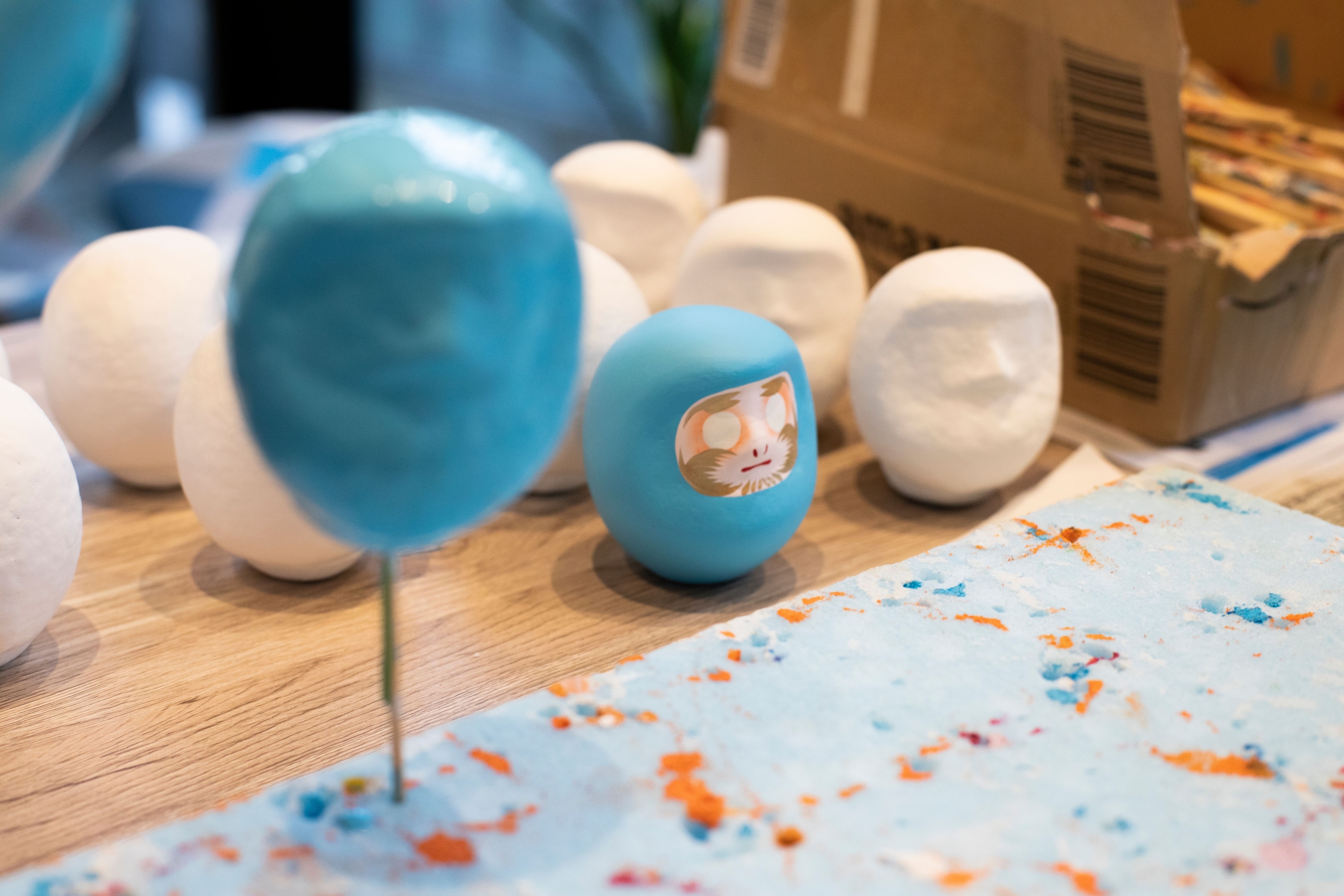
Tokyo, Adachi
Adachi Ward has developed since its establishment as a post town in the Edo period. Flourishing as the area for light industry and heavy chemical industry during the Meiji era, it continues to evolve as a manufacturing town to this present day. This July, 11 manufacturers in Adachi Ward gathered to form a team called "ADACHI TIDE" to promote valuable products and technologies overseas and expand sales channels. Two of these 11 manufacturers offer experiences to touch upon extraordinary technology firsthand.
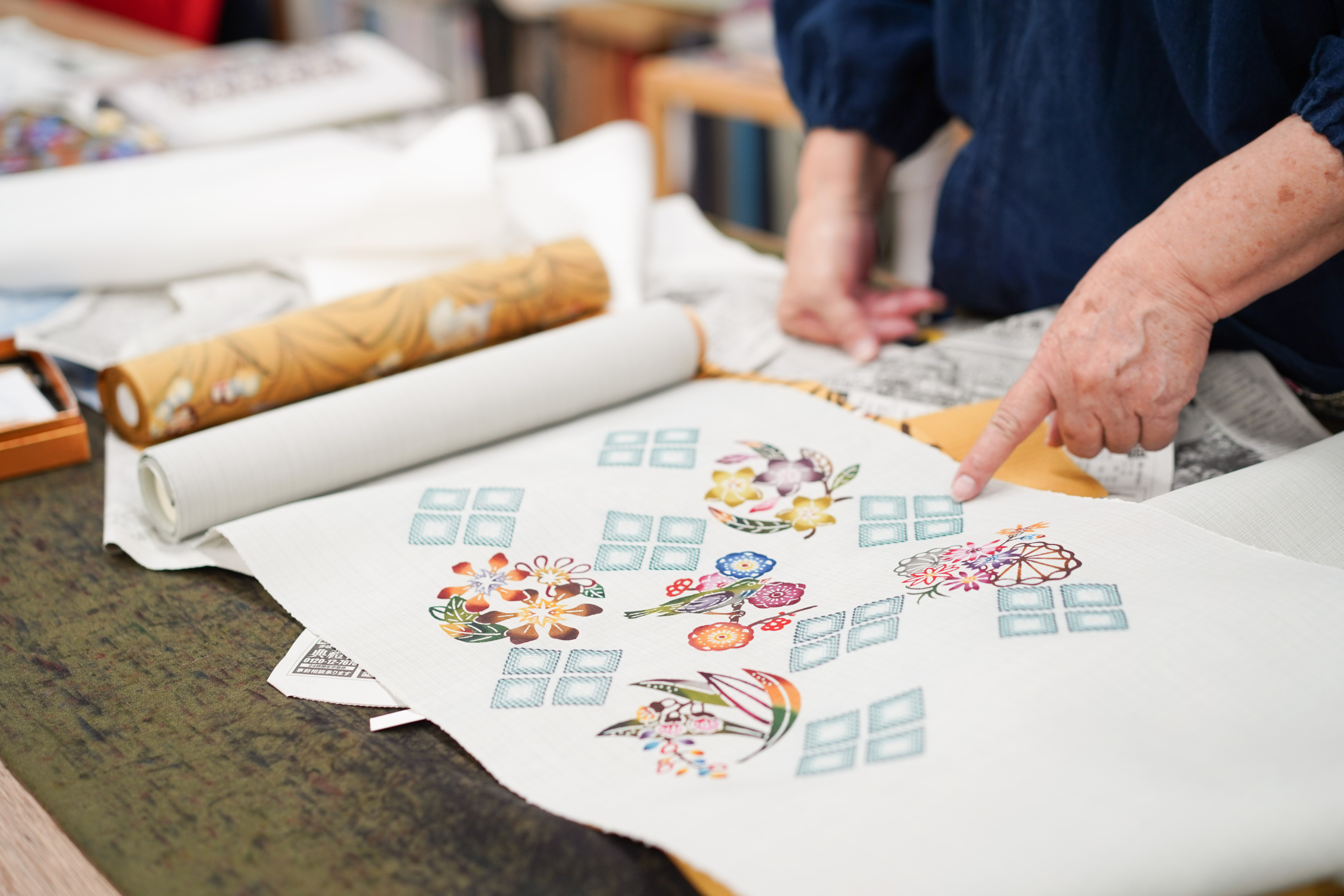
Okinawa
Okinawa flourished as the Kingdom of Ryukyu during the 15th to the 19th centuries, and Okinawa's unique and cosmopolitan culture was nurtured through trade with other countries, especially with East Asia. In this tour, you will learn about the richness of Okinawan culture and skills in a variety of aspects such as pottery, textiles, dance and cuisine.
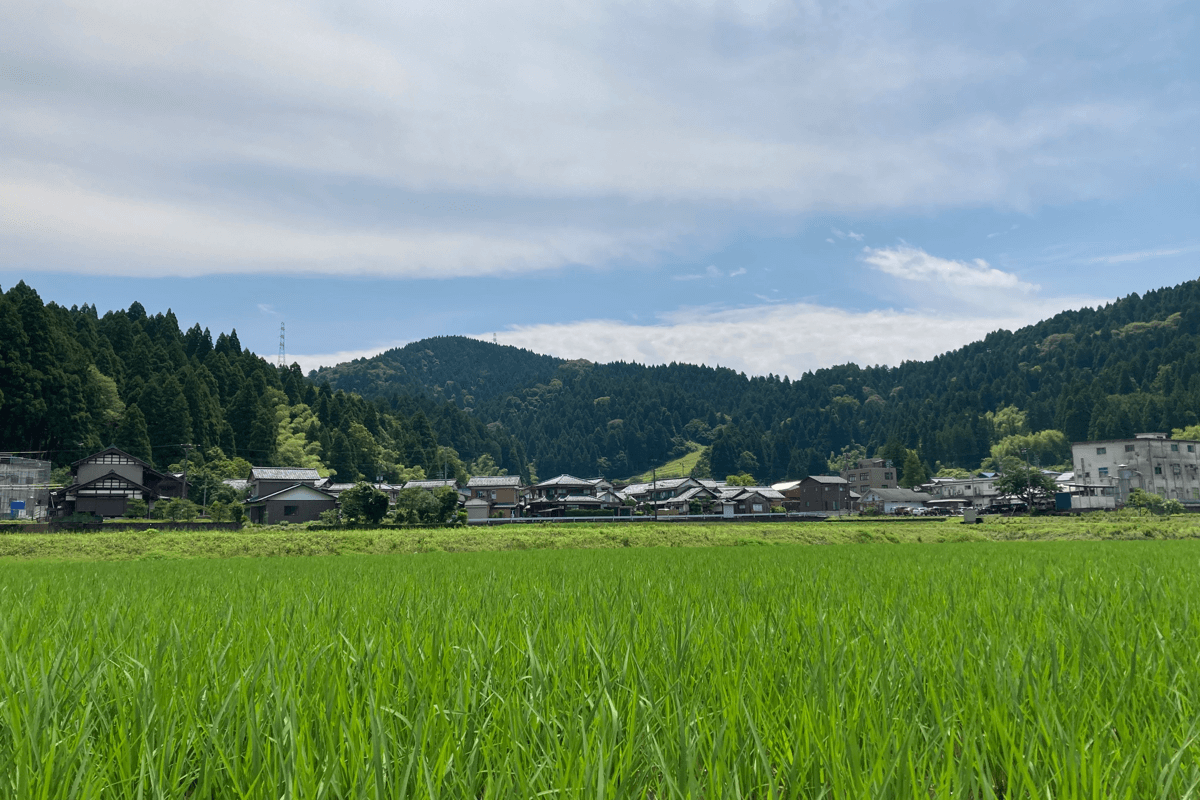
Fukui
Echizen City in Fukui Prefecture, known as “ A city of craftsmanship”, is a unique area in Japan, where a variety of traditional industries such as the production of Japanese paper, cutlery, lacquerware, and chests are found. Echizen lacquerware and washi paper are well known for their high quality and durability, and boast a large share of the domestic market. We will visit Echizen, which has a history of more than 1,500 years and is a vibrant industrial city to this day.
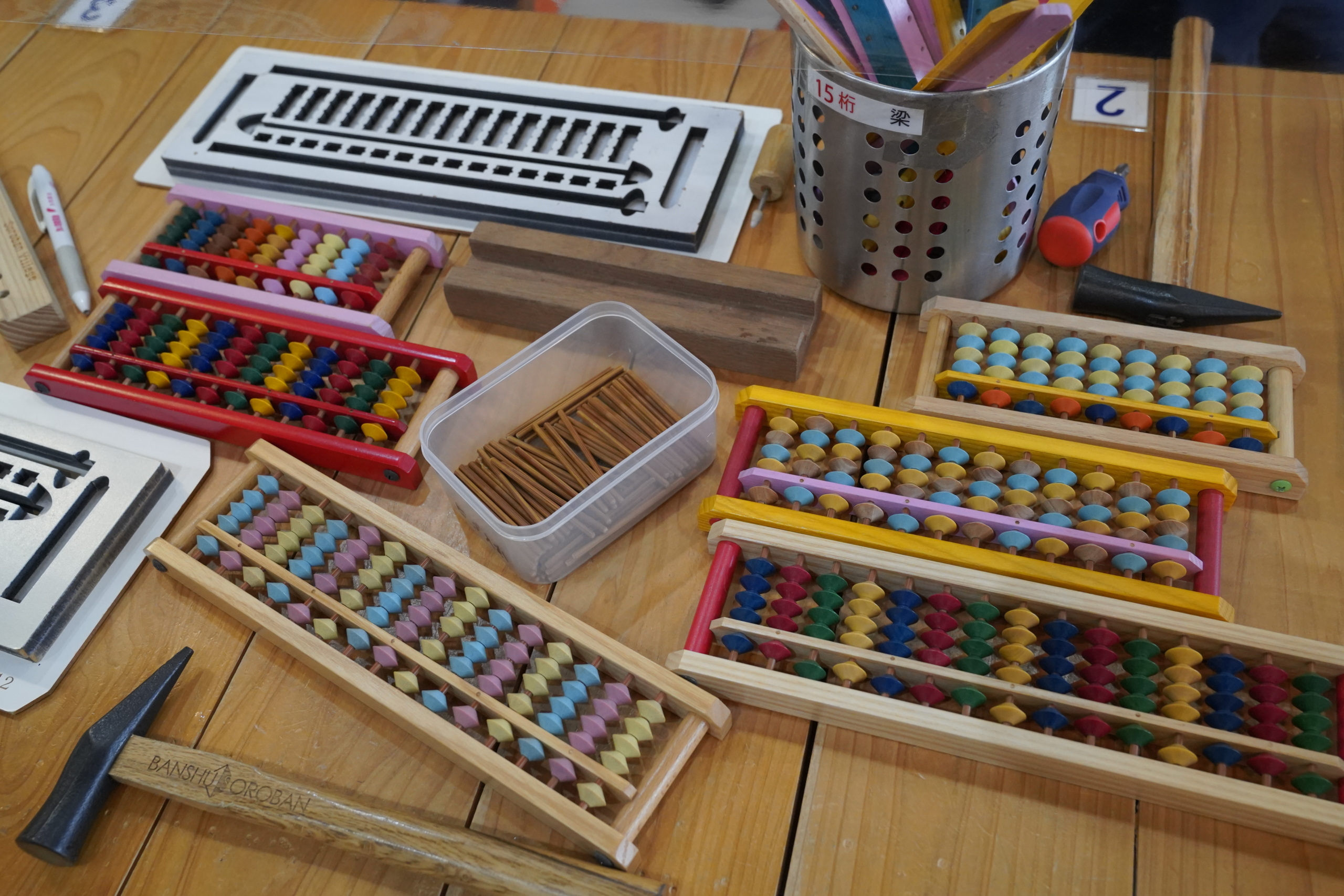
Hyogo
The Banshu region of Hyogo Prefecture has a 400-year history of producing abacuses and cutlery, and is proud to be a region in Japan that is highly skilled in producing them. The artisanship in the region is facing a succession problem, so techniques are passed down by reproducing products, for example by improving the design and using abacus production techniques to make clocks. You will encounter valuable products that are not mass-produced but are hand-made.
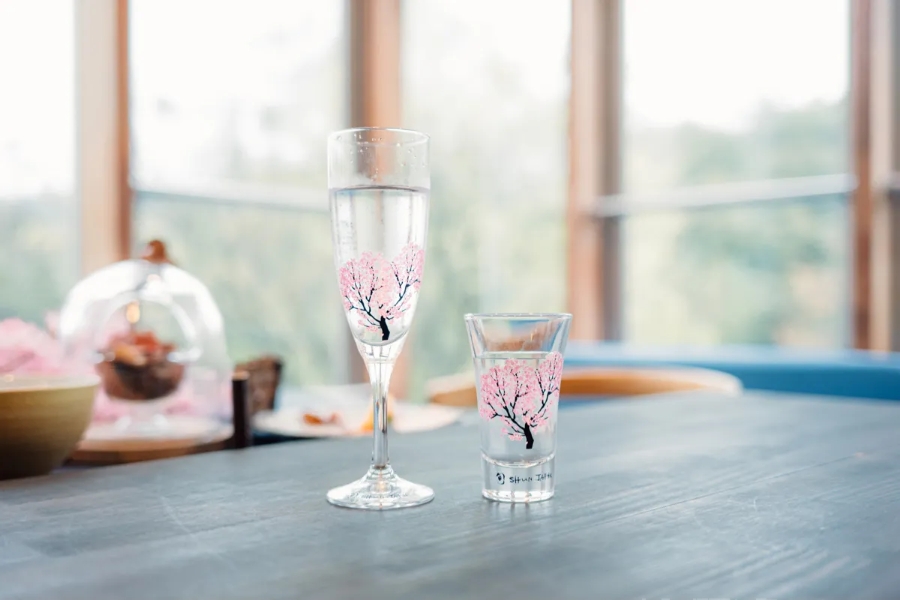
Gifu
Mino-yaki, a type of pottery in Gifu Prefecture, has a history that stretches over 1300 years. It is characterized by the development of new kinds of glazes that suit the times, as well as covering a wide variety of pottery with different shapes, styles and colors. Today, more than half of the ceramics produced in Japan are said to be Mino-yaki, making it a deeply ingrained presence in everyday life here. From traditional techniques to new glasses that change color depending on the temperature, come learn about the current state of Mino-yaki.
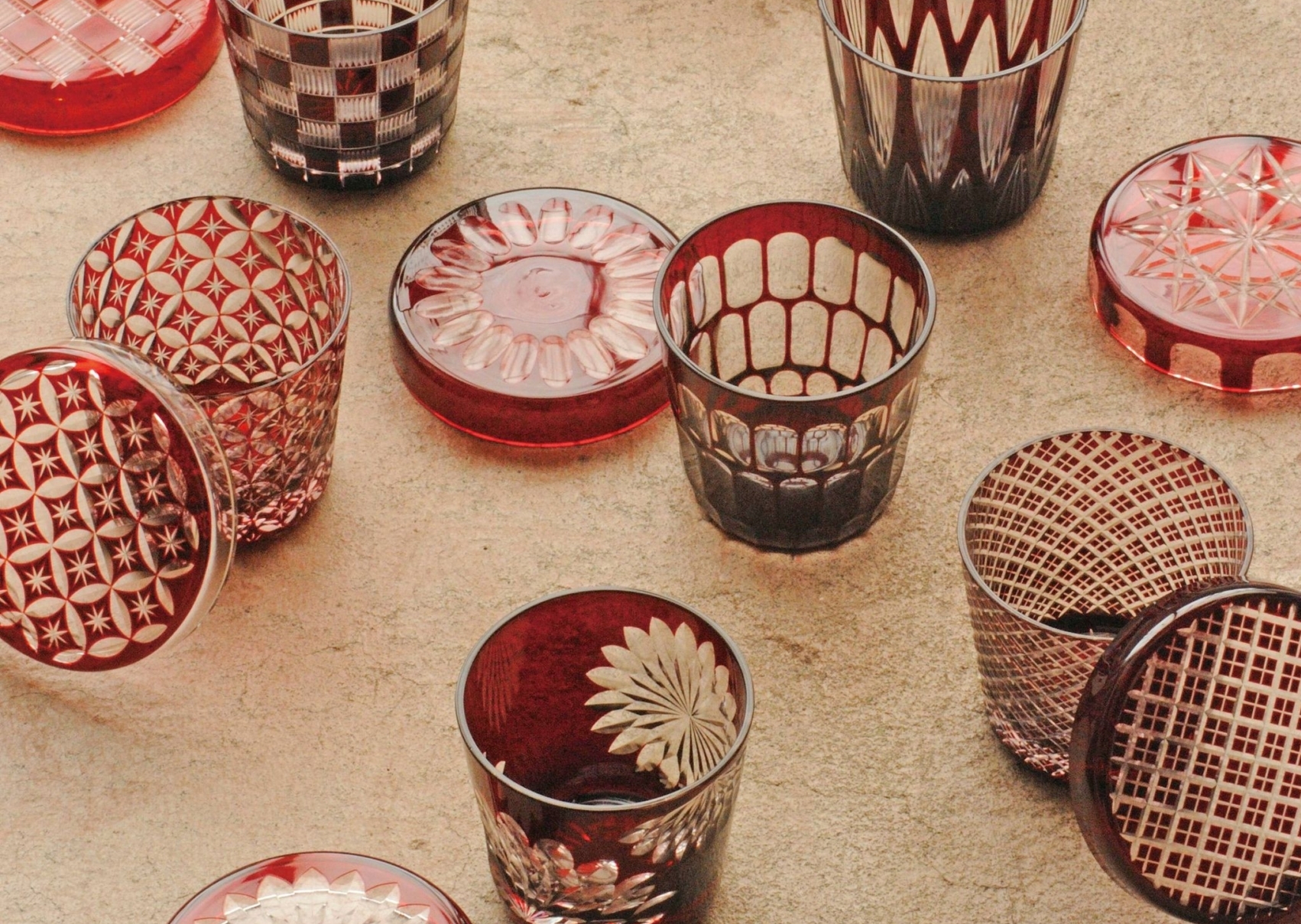
Tokyo
There are currently about forty different traditional crafts in Tokyo. This tour will visit two of the most representative traditions – Edo kiriko (cut glass) and Edo komon (dyeing) – both of which shine at being delicate and meticulous. Recently, modern designs and products that are unique to Tokyo are also being produced using these techniques.

Nara
Nara Prefecture is home to many historic temples and shrines, some of which amongst the world's oldest wooden buildings. Located in the south-central part of the prefecture, the Yoshino area is home to one of the three most beautiful planted forests in Japan and the Yoshino sugi cedar there is highly regarded for its quality. Come learn about 1300-year old traditional construction methods and sustainable forestry in Japan's oldest man-made forest.
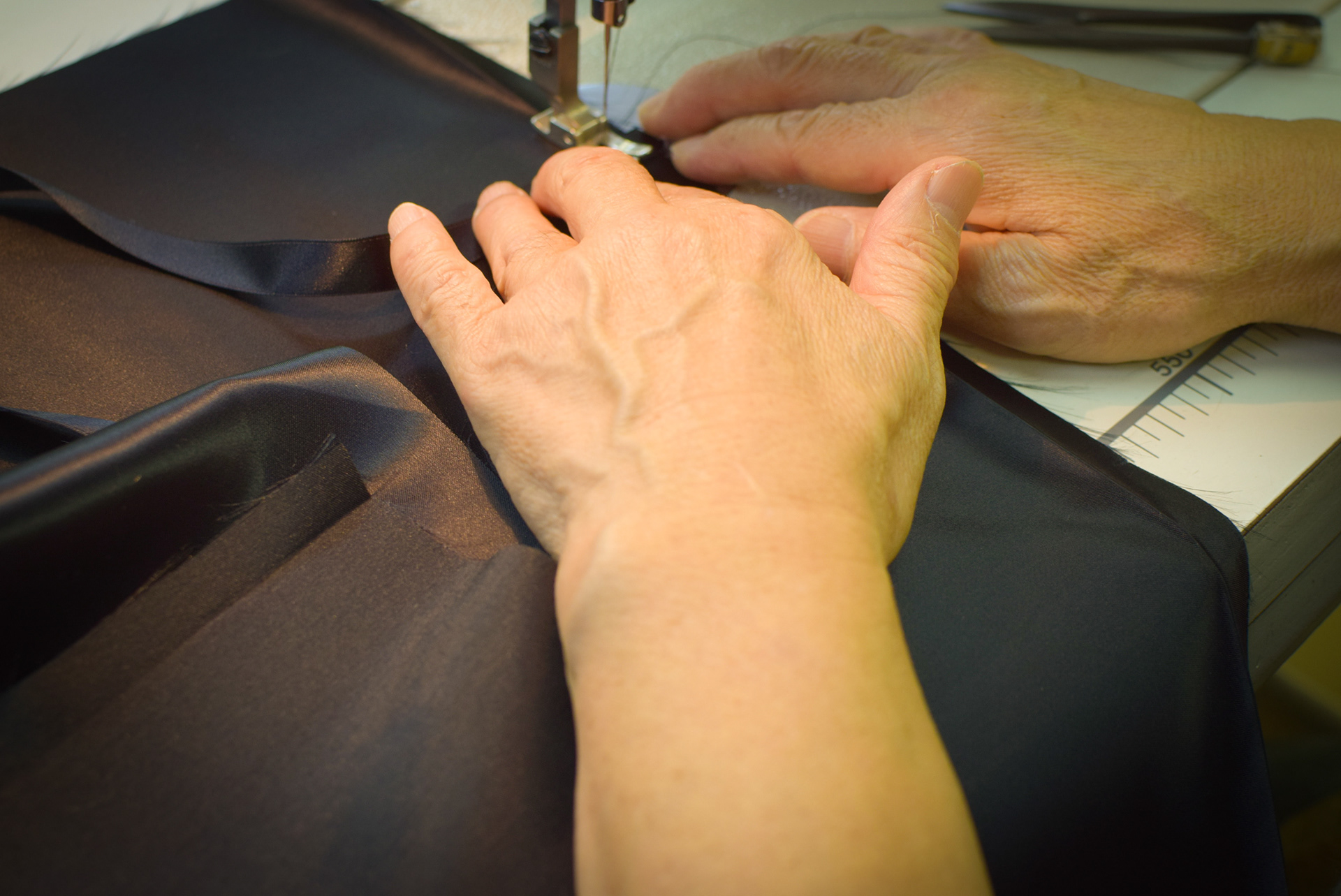
Osaka
大阪府堺市はかつて""東洋のベニス""と呼ばれ、世界各地から多くの人・モノ・情報が集まる街でした。こうした歴史背景から、日本を代表する数々の伝統産業が堺から生まれています。千利休が生涯の多くを過ごした街でもあり、和菓子とそれにまつわる産業もここ堺で発展しました。 また、通天閣や心斎橋で知られる浪速エリアは、古くから靴づくりを中心とした皮革産業が盛ん。美味しいお肉のお店が多いのもその名残です。 このツアーでは、この2つのエリアで発展した和菓子文化と皮革産業を切り口に、知られざる大阪のものづくりの魅力に触れます。
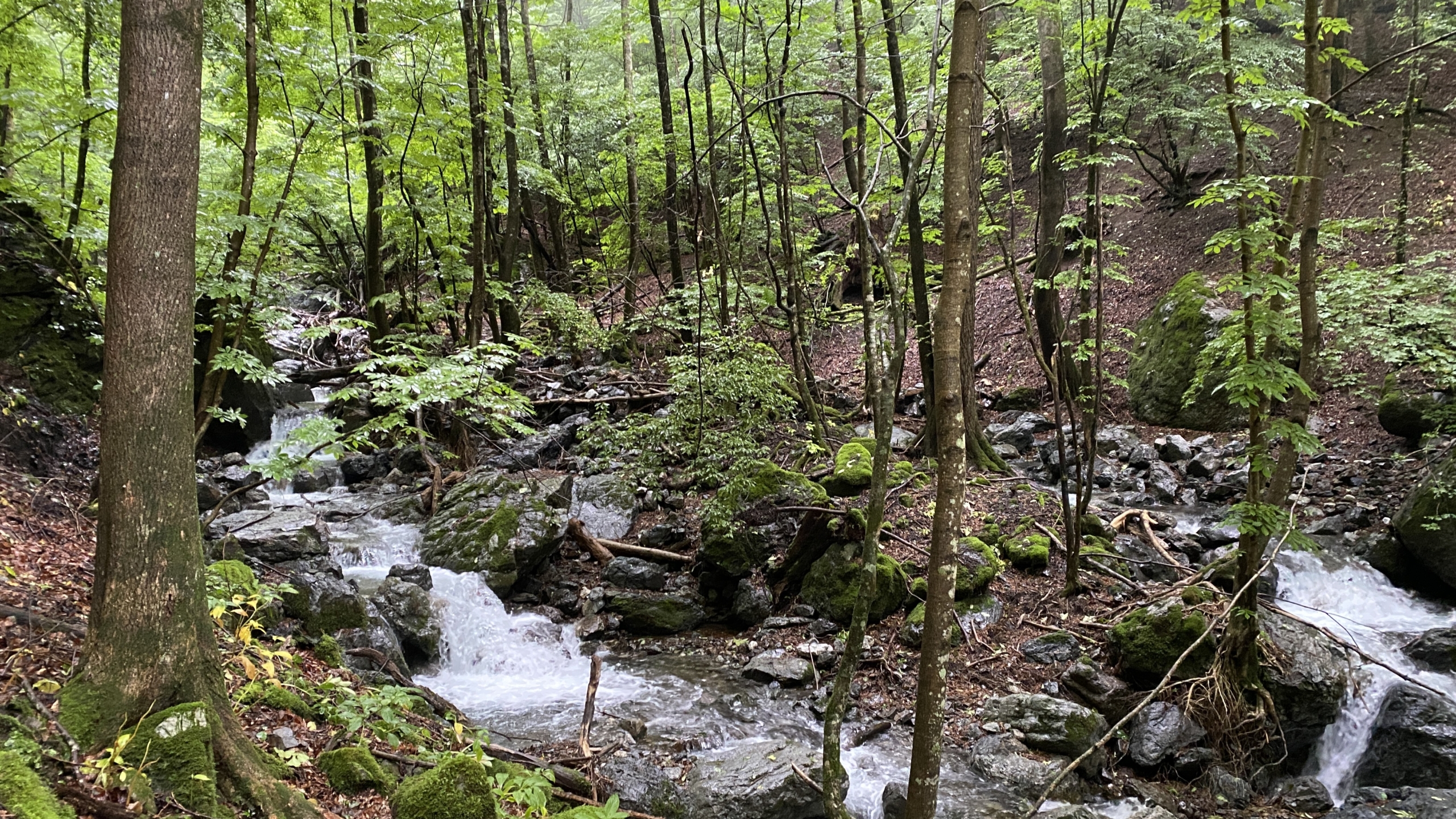
群馬県
群馬県の谷間の村「上野村」は、樹齢300年のトネリコやモクレンなどの落葉樹林に覆われており、その豊かな自然がここで暮らす職人たちのインスピレーションの源となっています。 木工作家や竹工芸作家などの職人たちが、伝統的な技術と革新的な技術の両方を駆使し、個性的で質の高い美しい作品を生み出しています。
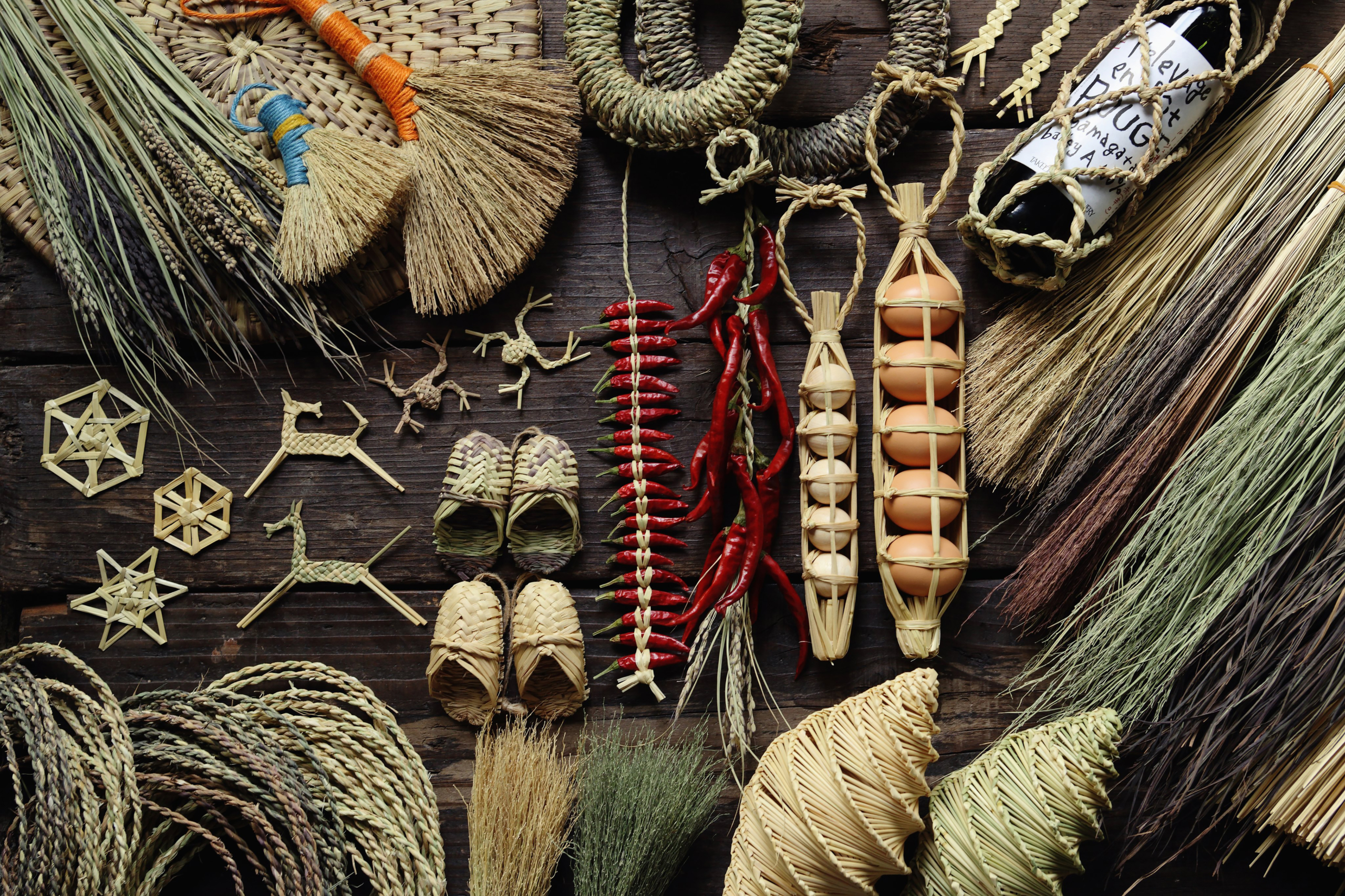
山形県
古くから山形県では、寒さの厳しい冬の農閑期、稲わらやぶどうのつるを使って丈夫な生活用具や農具、装飾品など、暮らしの道具を自分たちで作っていました。 山形で受け継がれる地域の自然循環について学びながら、温かい郷土料理もお楽しみ頂けます。
